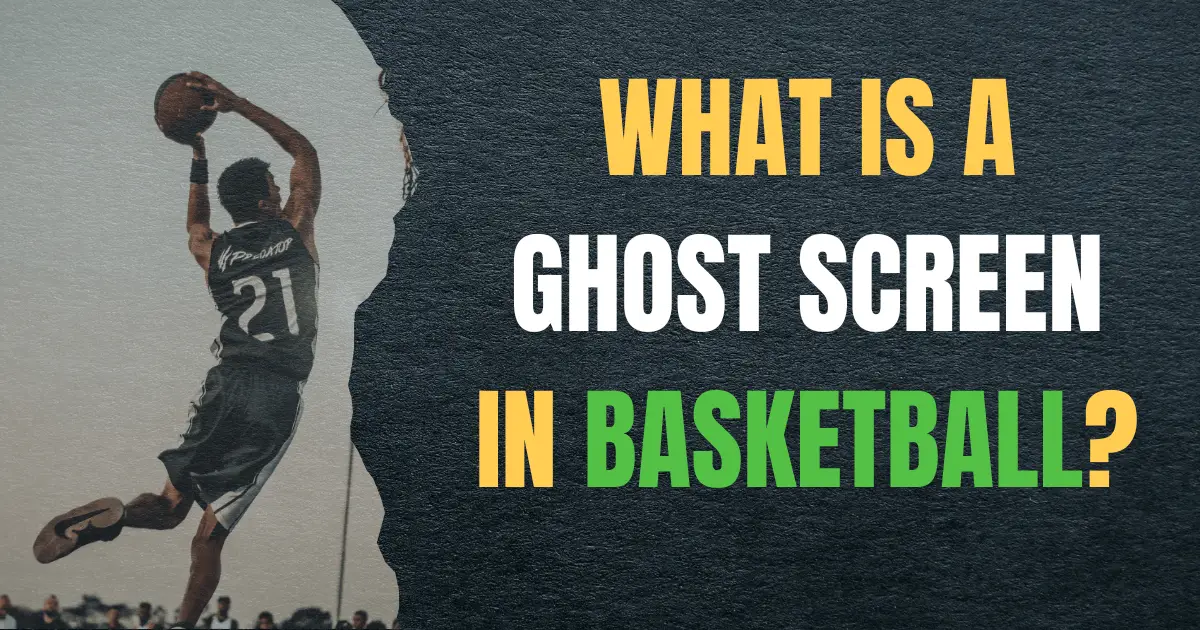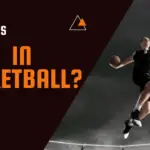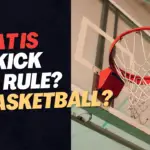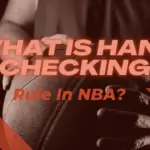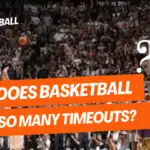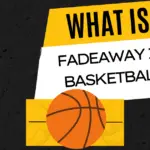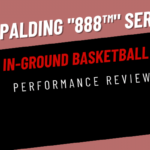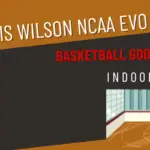Ghost screen meaning: A ghost screen is one of the many techniques used in basketball to create space and earn an open shot. It’s also known as a “rub-screen” or “pick-off” when employed by players on offense. A ghost screen occurs when an offensive player sets a pick (similar to a regular screen) while the defender isn’t looking, creating an opportunity for the ball handler to drive and score. This tactic can be effective when defenders have their eyes locked onto the ball handler and do not anticipate a pick from their teammate.
When executed properly, a ghost screen can effectively take advantage of defenders unaware of what is happening around them. The key is for the offensive player setting up the ghost screen to sneak up behind their defender without being noticed, thus allowing them enough time to get into position before they set their pick.
How Do You Use Ghost Screens?

To execute a ghost screen, the first player moves off their defender’s back without making contact. This creates space that the second player can then move into and set a pick on their defender. This allows the first player who created space to cut and get open for a pass or shoot while drawing defenders away from the ball-handler. The key is timing; both players must move simultaneously to maximize the effectiveness of this technique, with each movement being in sync with one other.
Why Do Ghost Screens Happen?
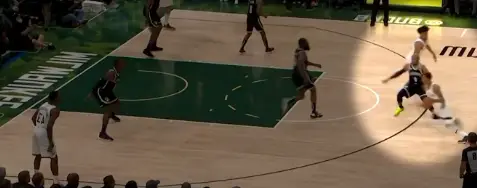
Ghost screens happen when two players set up a screen to free up another player, but instead of creating space, the opposing team anticipates the action and effectively defends against it. The result is that neither team gets an advantage as they are both stuck in neutral while they wait for the other to make their next move. This creates an opportunity for either side to capitalize on if they’re quick enough to react but also leaves them vulnerable if they don’t act fast enough.
Different Types Of Screens In Basketball?
Back Screens:
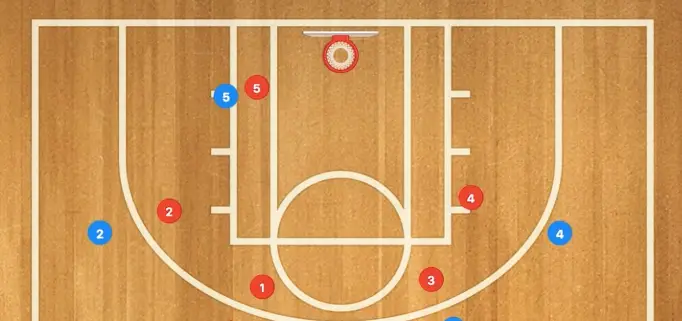
The most common type of screen is the back screen, which involves one offensive player setting up behind a defender so that another offensive player can pass them by. This type of screen creates space for the ball handler to either shoot or drive toward the basket without being stopped by the defender.
Double Screens:
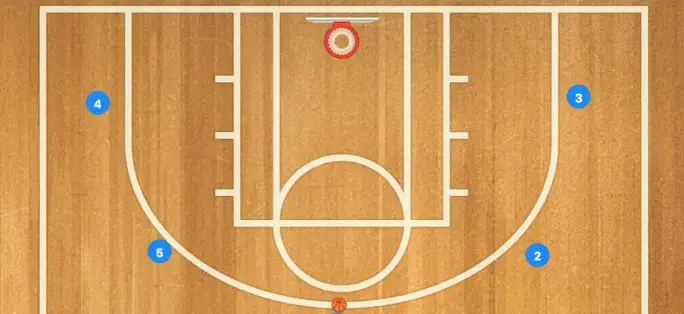
The double screen works by situating one player directly behind another. The first screener will block off a defender, while the second screener chops off the defender’s angle toward their teammate, who usually cuts to the basket or sets up for a jump shot. It requires great timing from both players setting up the screens and precision coordination between them and their teammates on offense.
Cross screens:
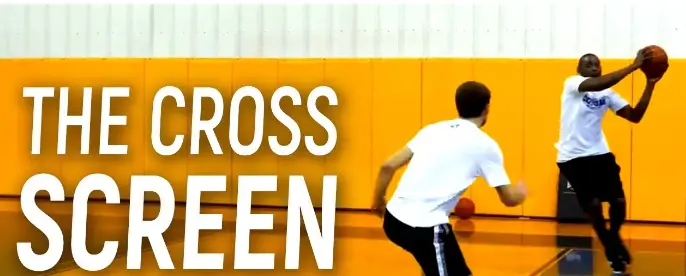
Cross screens involve two players of the same team coming together and setting a screen for one another. This allows them to get open by using their teammates’ bodies as protection from the defense. By executing a well-timed screen, teams can make it more difficult for defenders to guard their opponents, thus creating more opportunities on offense.
Down Screens:
A down screen is when an offensive player sets up near the low post area, with their back to their teammate who has possession of the ball. The offensive player then shields their teammate from defensive players who may guard them by blocking off the defender’s path with their body.
Flare Screens:
A flare screen is when the off-ball player sets a pick on the ball handler’s defender, who then cuts away from the screen and receives a pass. This maneuver can create open shots or layups for the player receiving the pass.
What Is A RAM Screen Basketball?
A RAM screen, also known as a rear-action man-to-man screen, is a type of basketball play where one player sets up a pick for another. A typical RAM screen involves setting an off-ball or helping defenders to keep them away from their assignment. The offensive player who sets the pick then rolls along the baseline toward the basket, creating space for their teammate with the ball. The teammates who set and receive the RAM screen must work together to execute it successfully.
What Does Screening Do In Basketball?
Screening can be one of the most effective offensive techniques in basketball. It requires good timing from the screener themselves and their teammates’ awareness to make sure they know when their teammate will set them up for a scoring opportunity. Screening also requires players to have good positioning on both offense and defense to maximize effectiveness. Good screeners must also understand how defenders will react so that they can adjust accordingly.
Who Has The Best Screens In The NBA?
Utah Jazz center Rudy Gobert has emerged as one of the best screen setters in the league. Gobert’s size and length make him an excellent wall for his teammate ball handlers to use when driving past defenders. His ability to set strong screens on opponents without making contact with them makes him one of the hardest players to guard in pick-and-roll situations.
InfoGraphics:
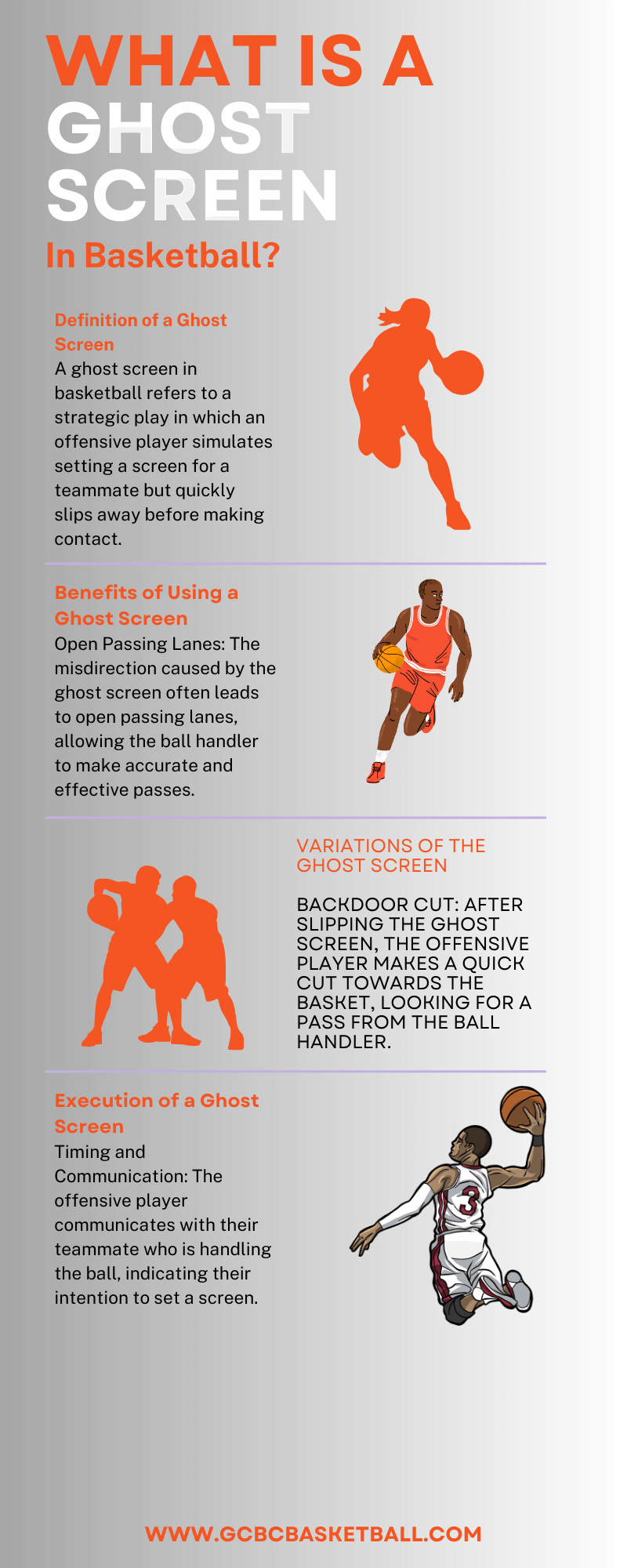
Conclusion:
The ghost screen in basketball is a great technique to help players improve their ball-handling and shooting skills. It can be used in practice or even in a game setting. Players must remember to focus on the defender’s movement while also paying attention to the technique and form they use when setting the screen. The ghost screen also allows players to practice footwork and positioning.

Clyde Jackson III is a basketball coach and the founder of GCBC Basketball, a basketball-related learning and informational website that focuses on helping young players develop their skills on and off the court. With over 15 years of coaching experience, Clyde has worked with players of all ages and skill levels, from beginners to professionals.

